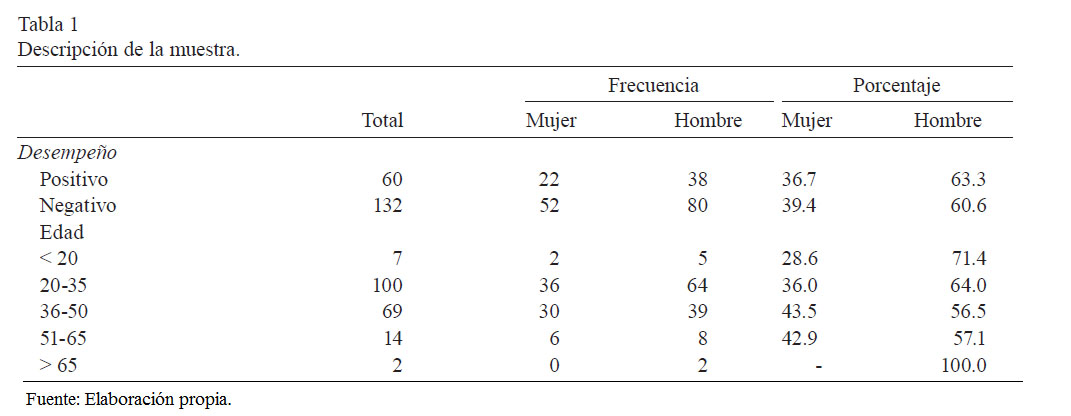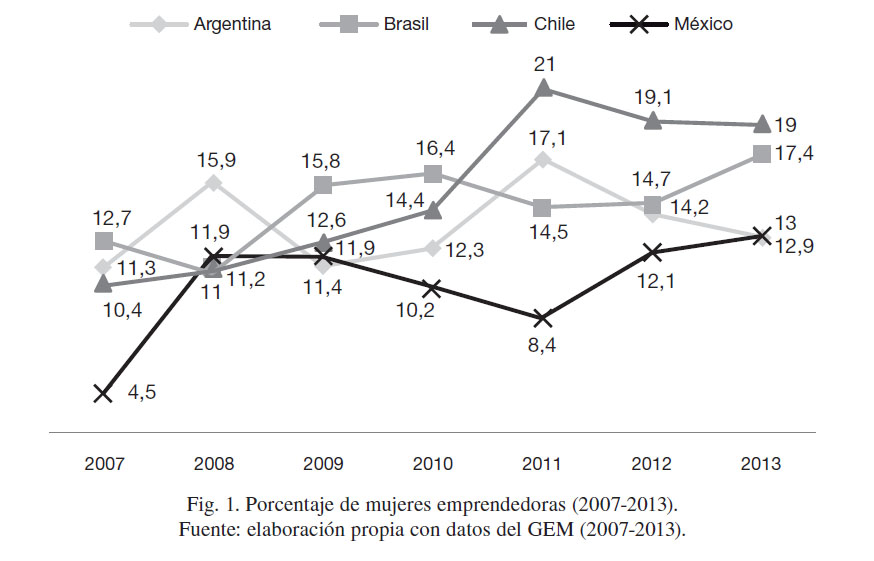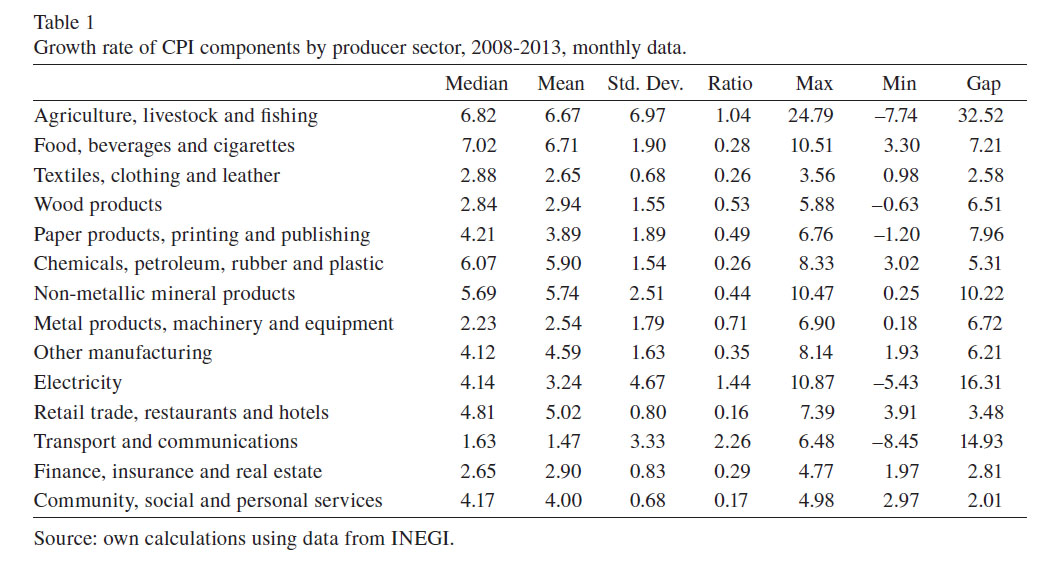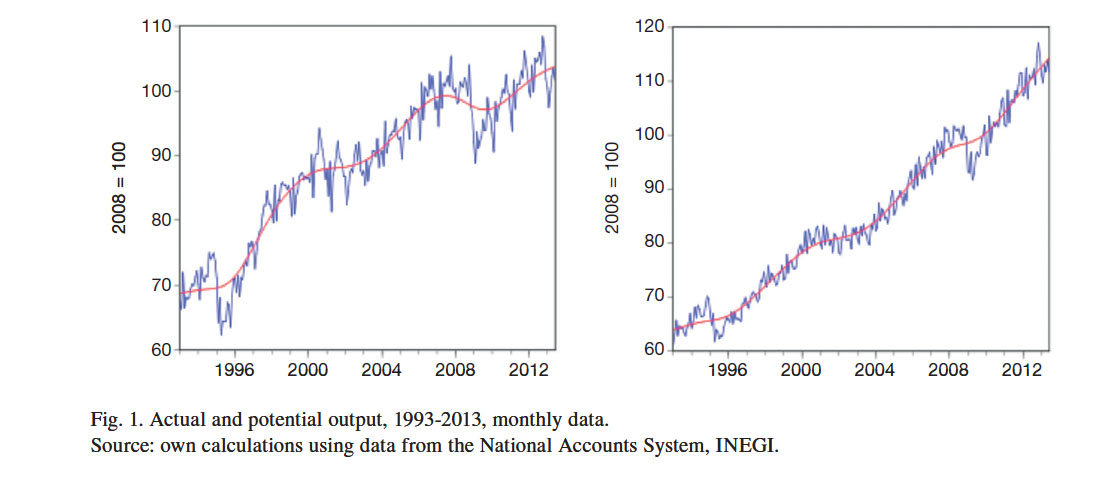| |
| |
1. Envío de artículos
Todo artículo enviado a Contaduría y Administración (Accounting and Management) será evaluado mediante un proceso de arbitraje anónimo por pares especialistas en el tema respectivo. Un artículo será aceptado si cuenta con dos evaluaciones positivas. Todos los trabajos deben ser originales e inéditos y no deben enviarse simultáneamente para su consideración a otras revistas. La publicación del artículo implica la cesión total de los derechos de propiedad (copyright) a la revista Contaduría y Administración. La revista se reserva el derecho para la reproducción total o parcial del trabajo en otros medios impresos, electrónicos o cualquier otra alternativa, pero reconociendo siempre su autoría.
El artículo deberá ir acompañado de la Declaración de Autoría, Buenas Prácticas y Cesión de Derechos, el cual se descarga de http://www.cya.unam.mx/index.php/cya/article/view/746
Dicho documento deberá enviarse con la firma de todos los autores del trabajo.
Un artículo puede ser rechazado por un Subcomité del Comité Editorial sin que se envíe a proceso de dictaminación cuando no sea congruente con los propósitos de la revista. Los trabajos escritos deficientemente, faltos de claridad, con errores gramaticales o que no cumplan con los requisitos del numeral 5 de esta guía, tampoco serán considerados para ser evaluados. Los envíos deben hacerse electrónicamente en: http://www.cya.unam.mx/index.php/cya/about/submissions#onlineSubmissions
2. Extensión del artículo y resumen
Los artículos enviados deberán presentarse en Microsoft Word, con letra Times New Roman de 12 puntos e interlineado de 1.5 cm (excepto las tablas, ver numeral 5 de esta guía). La extensión máxima es de 25 hojas tamaño carta (255.9 x 279.4 mm.) incluyendo tablas, figura, referencias y apéndices. Debe incluirse un resumen no mayor a 15 líneas y al final del mismo deben incluirse un máximo de cinco palabras clave. El título, resumen y palabras clave deben ir al comienzo del artículo y también se debe incluir su traducción al inglés. Se debe incluir una versión del documento completo en PDF.
3. Citas y notas al pie
Las referencias incluidas en el texto deben reconocer el apellido del autor o autores y el año de publicación, por ej. Stiglitz (2010), (Stiglitz, 2010) o (Stiglitz, 2010, p. 205). Las notas al pie deben incluirse al final de la página, secuenciadas en números arábigos. Las referencias deben ir al final del texto.
4. Referencias
La lista de referencias debe incluir información completa sobre la fuente respectiva y debe incluirse al final del artículo, antes de cualquier apéndice. Los autores deben asegurarse que haya una correspondencia estricta entre los nombres y años reconocidos en el texto y aquellos listados en la bibliografía. Las referencias deben incluirse en orden alfabético de acuerdo con el apellido del autor (o el nombre de cualquier organización si se trata de alguna fuente que no identifica a algún autor). Debe usarse párrafo francés justificado y deben presentarse de la siguiente forma:
Artículos
Argote, L. (2005). Reflections on two views of managing learning and knowledge in organizations. Journal of Management Inquiry, 3 (1), 43-48.
En la ausencia del número del volumen o de la revista, por favor identificar el artículo mediante el período que cubre la publicación:
Galicia Osuna, D. (2009). El discurso administrativo y la tradición pragmática. Contaduría y Administración, septiembre-diciembre (229), 135-153.
Libros
Koontz, H. y H. Weihrich (2004). Administración, una perspectiva global. (12a ed.). México: McGraw-Hill.
Versiones electrónicas
Gonzalez-Mena, J. (2007). Diversity in early care and education: Honoring differences. Disponible en: http://mhprofessional.com/product.php?isbn=007722289X
Capítulos/ artículos en libros
Barrera, E. (2010). The U.S.-Mexico border and post NAFTA México. En E. G. McAnany, & K. T. Wilkinson (Eds.),Mass media and free trade: NAFTA and the cultural industries.(pp.187-221).Texas: University of Texas Press.
Tesis/disertaciones
Miahra, A. (2009) Essays on Global Sourcing of Technology Projects, Doctoral Dissertation, Carlson School of Management, University of Minnesota.
Artículos de memorias, conferencias, documentos de investigación, documentos de discusión
Thorleuchter, D., D. Van Den Poel y A. Prinzie (2010). Extracting Consumers Needs for New Products A Web Mining Approach, Proceedings of the 3rd International Conference on Knowledge Discovery and Data Mining, Gong, M., ed.: 440-443.
Díaz Fuentes, D. y J. Revuelta López (2009). Gasto público y crecimiento en América Latina y España: 1960-2000, Ponencia, XVI Encuentro de Economía Pública, Universidad de Granada.
Lamartina, S. y A. Zaghini (2008). Increasing Public Expenditures: Wagner’s Law in OECD Countries, CFS Working Paper No. 2008/13, Center for Financial Studies, University of Frankfurt.
Narayan, P. K.; I. Nielsen y R. Smyth (2006). Panel data, cointegration, causality and Wagner’s Law: empirical evidence from Chinese provinces, Discussion Paper 01-06, Deparment of Economics, Monash University.
5. Tablas, gráficas, ecuaciones y cantidades
Los títulos de tablas y figuras deben ir secuenciados en números arábigos y deben encabezar la tabla o figura en letra negrita tipo Times New Roman y al centro. En la parte inferior se debe anotar la fuente con letra de 10 puntos.
En las tablas debe citarse la fuente (autor y año); con el siguiente formato: bordes (líneas) internos y sencillos, sin bordes izquierdo y derecho; por ejemplo:

Las gráficas con borde suave y las barras y líneas en tonos grises.

Las ecuaciones deben enviarse en formato editable y en el texto deben ir centradas en renglón aparte y con su numeración entre paréntesis al margen derecho. Deben presentarse de forma que se permita su edición, no enviar como imágenes.
Las cantidades que se empleen deben presentarse de la siguiente forma: punto para separar decimales (24.75, 15.43%) y un espacio para separar miles (678 945).
Las tablas, las gráficas y las ecuaciones se presentarán en el texto y también se deberán enviar en un archivo por separado en formato editable.
6. Otros requisitos
El nombre o los nombres de los autores deben omitirse del cuerpo del artículo a fin de preservar su anonimato durante el proceso de arbitraje. En un archivo diferente debe incluirse la siguiente información: Título del trabajo; nombre(s) del autor o autores; afiliación institucional; dirección(es), número de teléfonos fijo y celular, y dirección(es) electrónica(s). Debe identificarse al autor de contacto. Esta información no será conocida por los árbitros.
7. Idiomas
Además de artículos en español, Contaduría y Administración recibe con gusto artículos elaborados en inglés; de ser aceptados serán publicados en su idioma original. En todos los casos, incluyendo los artículos en español, la calidad del estilo de la versión final es total responsabilidad del autor o autores.
8. Copias para los autores
Cada autor recibirá dos copias impresas. Se pueden obtener copias adicionales de los artículos (PDF) en la página web de la revista.
1. Manuscript Submission
All manuscripts submitted to Accounting and Management will be assessed in a double-blind reviewing process of peer experts in the respective theme. A paper will be accepted only if it has two positive reviews. All manuscripts must be original and unpublished, and should not be submitted simultaneously for publication elsewhere. The publication of a paper involves the total transfer of property rights (copyright) to Accounting and Management . The Journal reserves the right to total or partial reproduction of the work in other print or electronic media or any other alternative, but always recognizing its authorship.
Also the Statement of Authorship, Best Practices and Rights must be sent accompanying the submitted paper, please download of http://www.cya.unam.mx/index.php/cya/article/view/746
The Statement must be signed by all the authors of the paper.
A manuscript may be rejected by a Subcommittee of the Editorial Board without being sent to the reviewing process when it is not consistent with the aims of the Journal. Manuscripts written poorly, with lack of clarity, grammatical errors or not following the requirements of point 5 in this guide, will not be considered for refereeing. Submissions should be sent electronically in: http://www.cya.unam.mx/index.php/cya/about/submissions#onlineSubmissions
2. Length of the manuscripts and abstract
The submitted papers must be written in Microsoft Word by using Times New Roman in 12 point and spacing of 1.5 cm (for tables see number 5 in this guide). The maximum length is 25 pages (letter size) including tables, figures, references and appendices. The manuscript should include an abstract of no more than 15 lines and at the end of it should include a maximum of five keywords. The title, abstract and keywords must be at the beginning of the paper. A complete version of the whole document must be included in PDF format.
3. Citation and Footnote Quotation
References in the text should recognize the surname of the author and the year of publication, e.g. Stiglitz (2010), (Stiglitz, 2010) or (Stiglitz, 2010, p. 205). Footnotes should be included at the bottom of the page, sequenced in Arabic numerals.
4. References
The reference list should include full information on the respective source and should be included at the end of the paper, before any appendices. Authors should ensure that there is a strict correspondence between names and years in the text and in the bibliography. References should be listed in alphabetical order by last name of the author (or the name of any institution). Should be used French indentation and must be organized as follows:
Articles
Argote, L. (2005). Reflections on two views of managing learning and knowledge in organizations. Journal of Management Inquiry 3 (1): 43-48.
In the absence of volume number, please include the month/period/ date of the publication:
Galicia Osuna, D. (2009). El discurso administrativo y la tradición pragmática. Contaduría y Administración septiembre-diciembre (229): 135-153.
Books
Koontz, H. y H. Weihrich (2004). Administración, una perspectiva global. 12a ed., México: McGraw-Hill
Electronic versions
Gonzalez-Mena, J. (2007). Diversity in early care and education: Honoring differences. Available from: http://mhprofessional.com/product.php?isbn=007722289X
Chapters/articles from books
Barrera, E. (1996). The U.S. – Mexico border and post NAFTA Mexico. In E. G. McAnany, & K. T. Wilkinson (Eds.) Mass media and free trade: NAFTA and the cultural industries. (pp.187-221). Texas: University of Texas Press.
Thesis/dissertations
Miahra, A. (2009) Essays on Global Sourcing of Technology Projects, Doctoral Dissertation, Carlson School of Management, University of Minnesota.
Articles from proceedings, conferences, working papers, discussion papers
Thorleuchter, D., D. Van Den Poel, Prinzie, A. (2010) Extracting Consumers Needs for New Products A Web Mining Approach, Proceedings of the 3rd International Conference on Knowledge Discovery and Data Mining, Gong, M., ed.: 440. 443.
Díaz Fuentes, D. y J. Revuelta López (2009). Gasto público y crecimiento en América Latina y España: 1960-2000, Ponencia, XVI Encuentro de Economía Pública, Universidad de Granada.
Lamartina, S. and A. Zaghini (2008). Increasing Public Expenditures: Wagner’s Law in OECD Countries, CFS Working Paper No. 2008/13, Center for Financial Studies, University of Frankfurt.
Narayan, P. K.; I. Nielsen and R. Smyth (2006). Panel data, cointegration, causality and Wagner’s Law: empirical evidence from Chinese provinces, Discussion Paper 01-06, Deparment of Economics, Monash University.
5. Tables, graphs, and equations and quantities
The titles of tables and figures should be sequenced in Arabic numerals and should lead the table or figure in bold and centered, using Times New Roman. At the bottom the source with 10 points letter.
The table must show the source (author & year) with the next format: the inner borders simples, without external borders, shady titles in each row:

Borders, bars and lines of the graphics in grey tones

The equations must be sent in an editable format and into the text should be centered on separate line with its number in parentheses at the right margin. They must be in a format that allows changes, no image formats.
Quantities in the next format: a point to separate decimals (24.75, 15.43%) and a blanket to separate thousands (678 945).
Tables, figures and equations must be included in the text and sent as a separated file in a format suitable for editing..
6. Other requirements
The name or names of authors should be omitted from the manuscript body in order to preserve their anonymity during the reviewing process. A separate file should contain the following information: Title of paper, name(s) of author(s), institutional affiliation, postal address(es), and e-mail(s). The contact author must be identified. This information will not be known by the referees.
7. Languages
In addition to manuscripts written in Spanish, Contaduría y Administración will receive manuscripts written in English; if accepted it will be published in its original language. In any case, the quality of the final style is the full responsibility of the author.
8. Copies for authors
Each author will receive two hard copies. Additional (PDF) copies of the published papers may be obtained on the Journal website.
|
|
| |
|
| | |